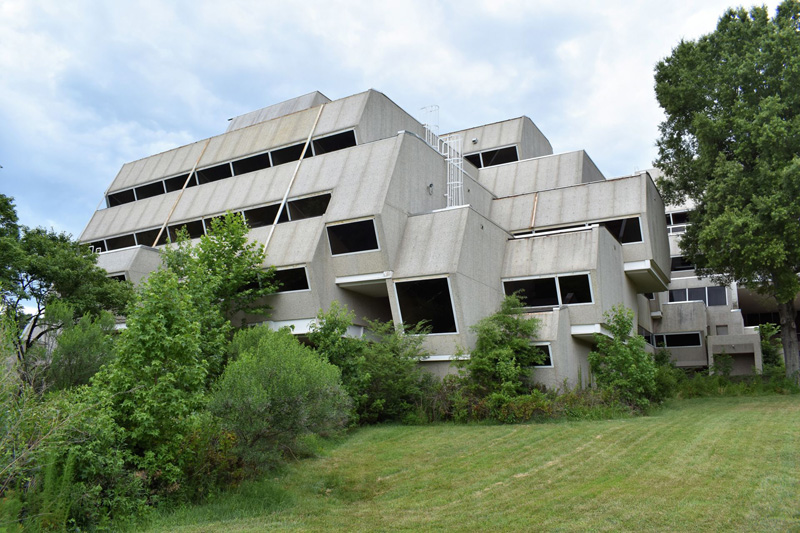by
SAHARA Co-Editors Jacqueline Spafford, Jeannine Keefer and Associate Editor Meral Ekincioglu | Oct 15, 2024
The much-anticipated 3.5-hour film
The Brutalist, opening in December, tells the story of fictional architect László Toth*, a Hungarian Holocaust survivor. The Brutalist style, which seems to have had a popularity surge, becomes both a backdrop and a metaphor for the trajectory of Toth’s life.
In a nod to the film and the avid interest in Brutalist design, this Highlights feature looks at examples of Brutalist architecture in the SAHARA collections. The coverage is outstanding, including works by Le Corbusier, of course, Alison and Peter Smithson, Denys Lasdun, and the many other architects who introduced the style to nearly every corner of the globe. The selection below is a small peek at what the collections hold.
*László Toth was also the name of the man who attacked Michelangelo’s Pieta in 1972
See more SAHARA content
Learn more about contributing
1. Marko Mušic, Kolašin Municipal Assembly and Memorial Center, Kolašin, Montenegro, 1976. Photograph by Matthew Worsnick, 2016.
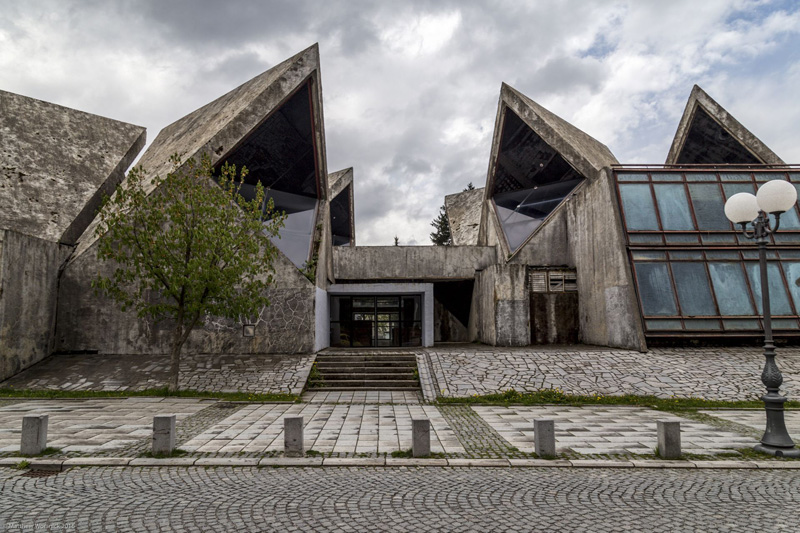
2. Le Corbusier, Millowners’ Association Building, Ahmadabad, India, 1951-54. An early and highly influential example of Brutalism. Photograph by G.E. Kidder Smith.
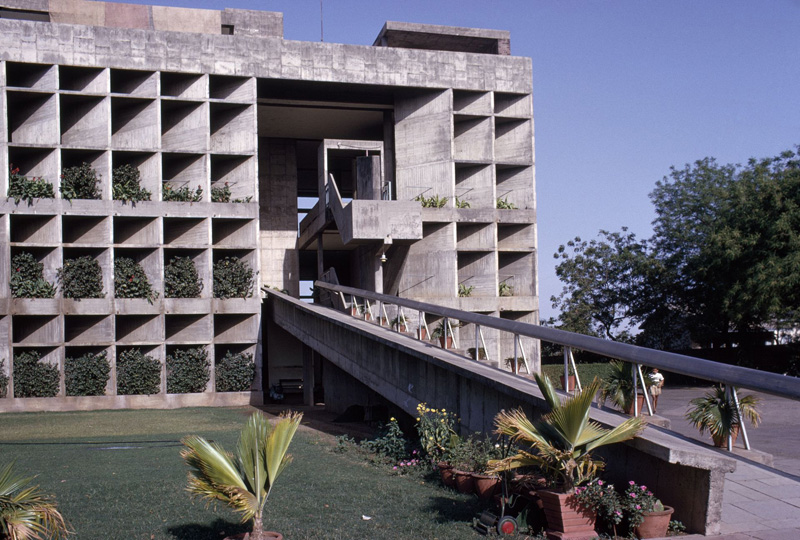
3. Vojin Stojić and Gradimir Medaković, Monument to the Fallen Soldiers of the Kosmaj Partisan Detachment, Belgrade, Serbia, 1971. One of many striking monuments in the former Yugoslavia incorporating the heavy-yet-light aesthetic of the movement. Photograph by Matthew Worsnick, 2016.
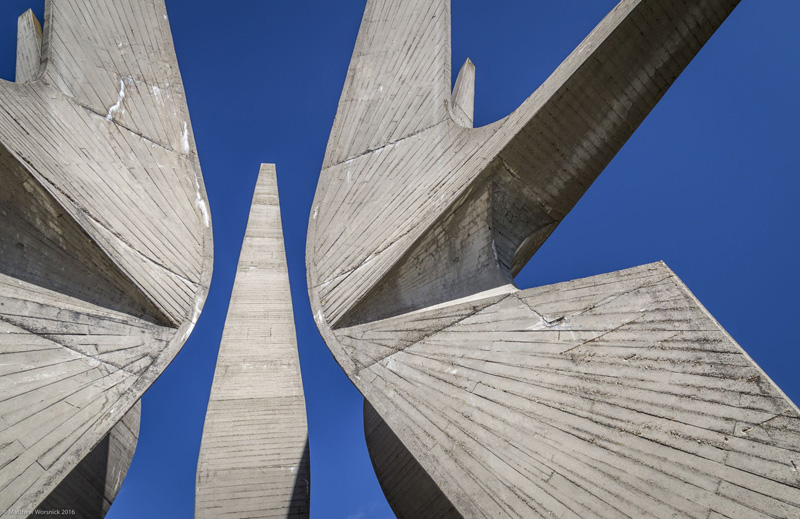
4. Mathers & Haldenby Architects, Robarts Library, University of Toronto, Ontario, Canada, 1973. Photograph by Ingrid Quintana-Guerrero.
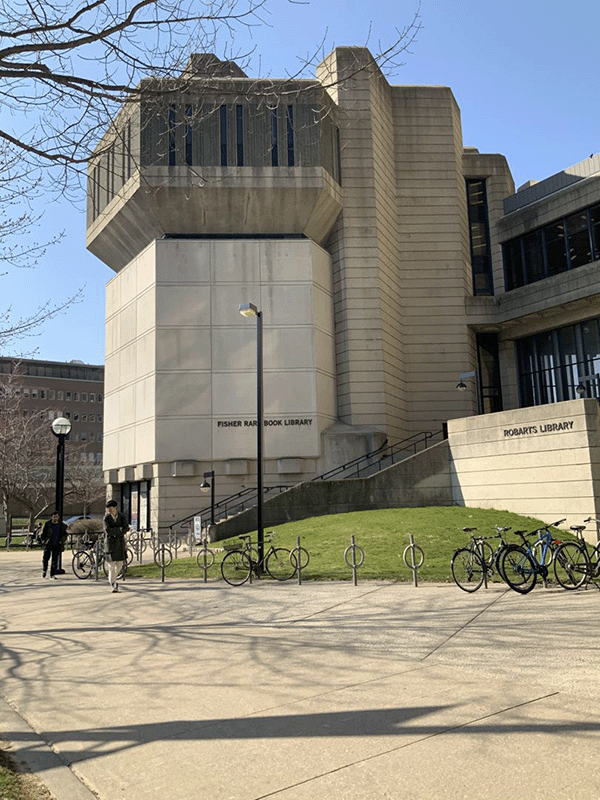
5. Fritz Wotruba, Kirche zur Heiligsten Dreifaltigkeit, Vienna, Austria, 1974-76. Photograph by Laura McGuire, 2012.
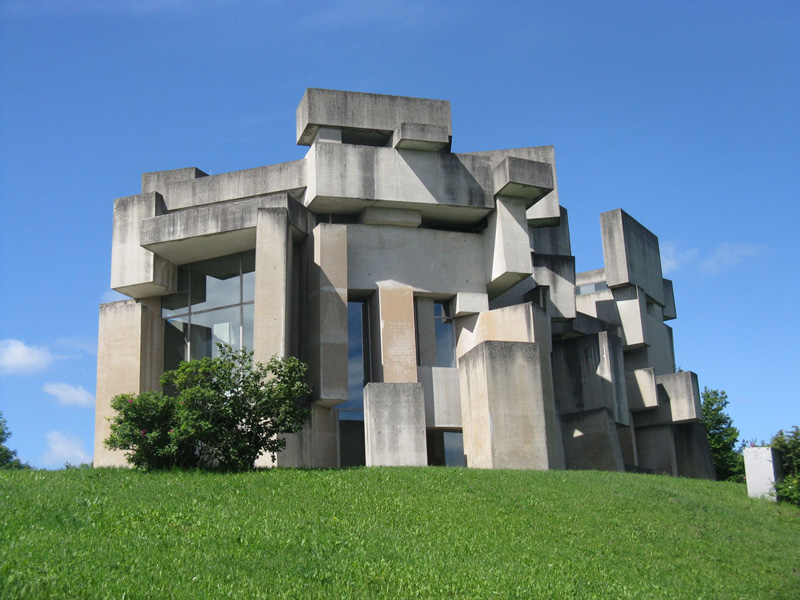
6. Denys Lasdun, Institute of Education and School of Oriental and African Studies, University of London, London, England, 1965-92 (incomplete). Photograph by Barnabas Calder, 2009.
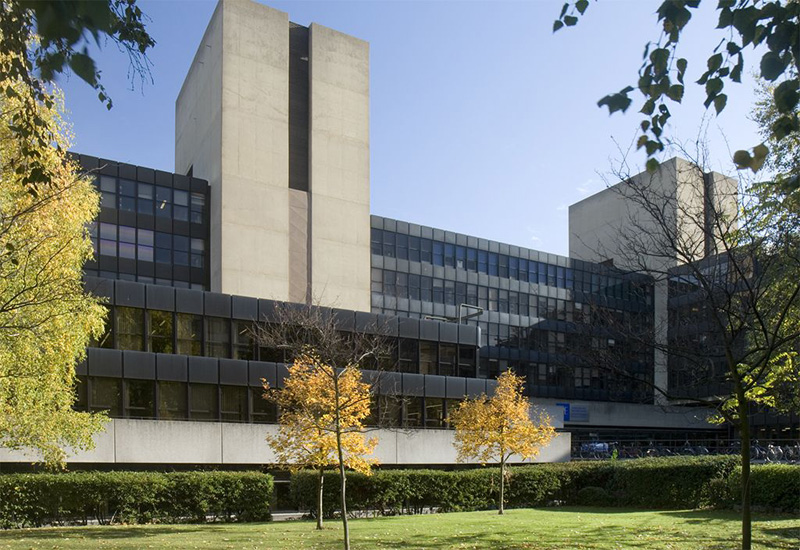
7. Paul Rudolph, Earl W. Brydges Public Library, Niagara Falls, New York, 1973-74. Photograph by G.E. Kidder Smith.
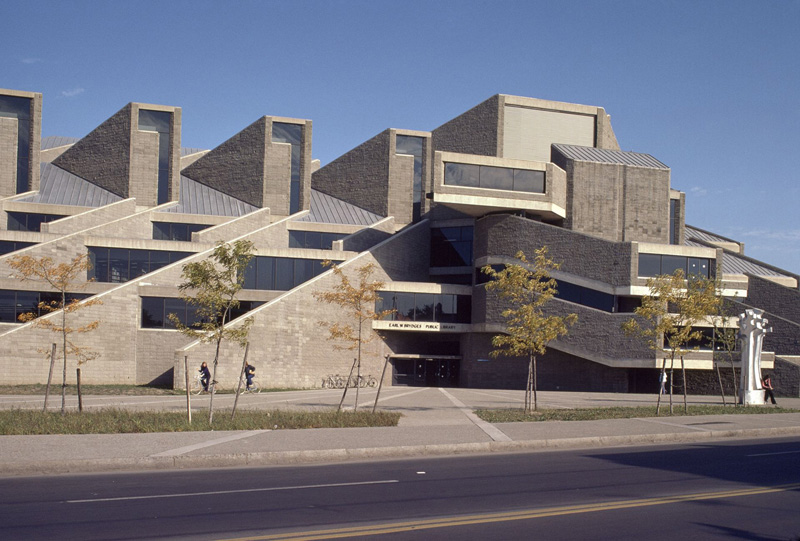
8. Tessier, Corriveau, St-Gelais, Tremblay, and Tremblay Labbé, Édifice Jean-Talon, Ville de Quebec, Quebec, 1967-71. Photograph by Dell Upton, 2013.
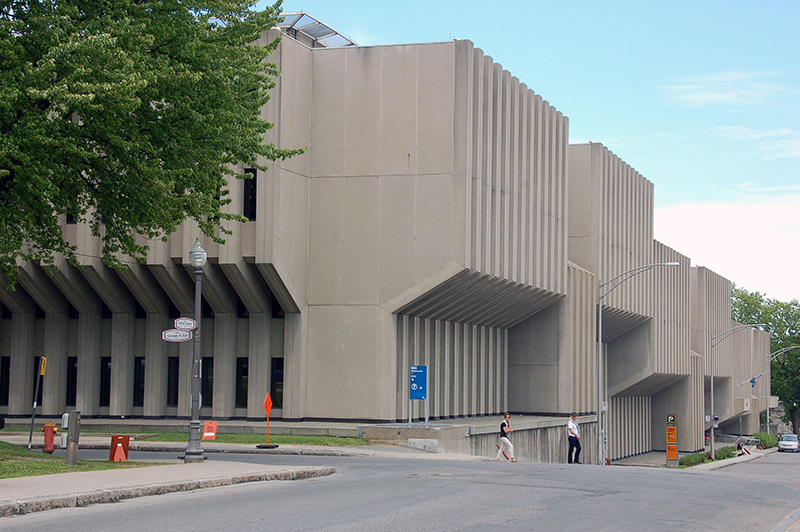
9. Mannie Feldman, Manfred Hefner, and Rodney Grosskopf, Ponte City Tower, Johannesburg, South Africa, 1975. The architects designed the base of the core to reflect natural topography to contrast with the strict geometry of the tower building above. Photograph by Sarah Rovang, 2018.
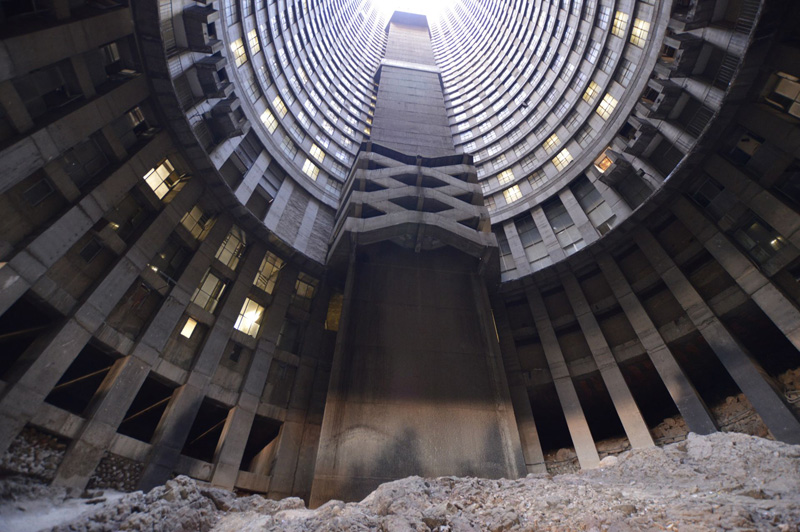
10. Yacov Rechter and Zeev Rechter, Orot Cinema, Be’er Sheva, Israel, 1957-60 (closed since 1989). Photograph by Diego Rosman.
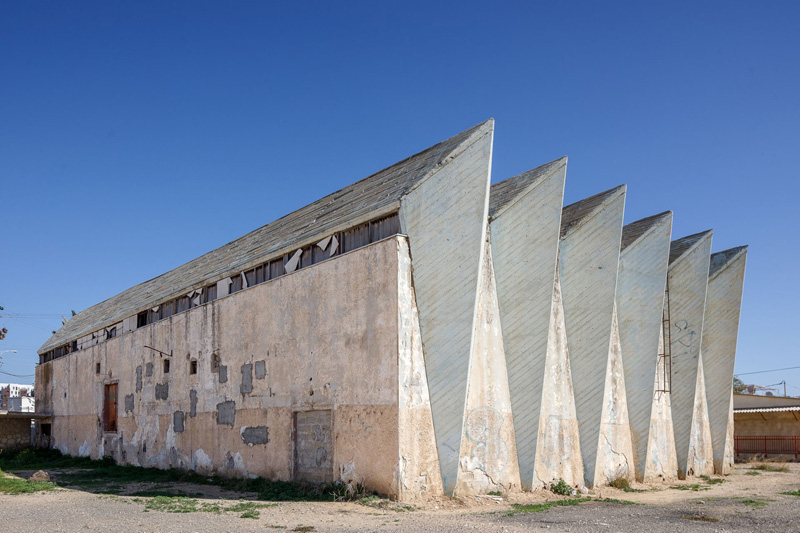
11. Alison and Peter Smithson, Robin Hood Gardens, Detail, London, England, 1972. Photograph by Ruth Lang, 2014.
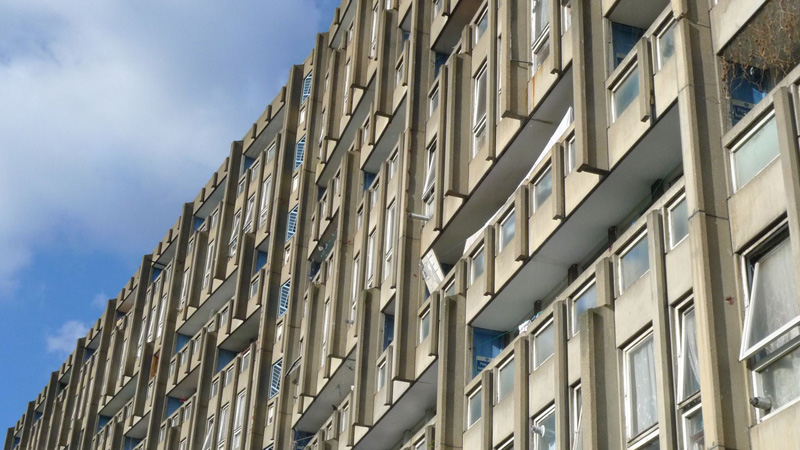
12. Paul Rudolph, Burroughs Welcome Headquarters, Durham, North Carolina, 1969-72. Photograph by Vyta Baselice, 2018.
